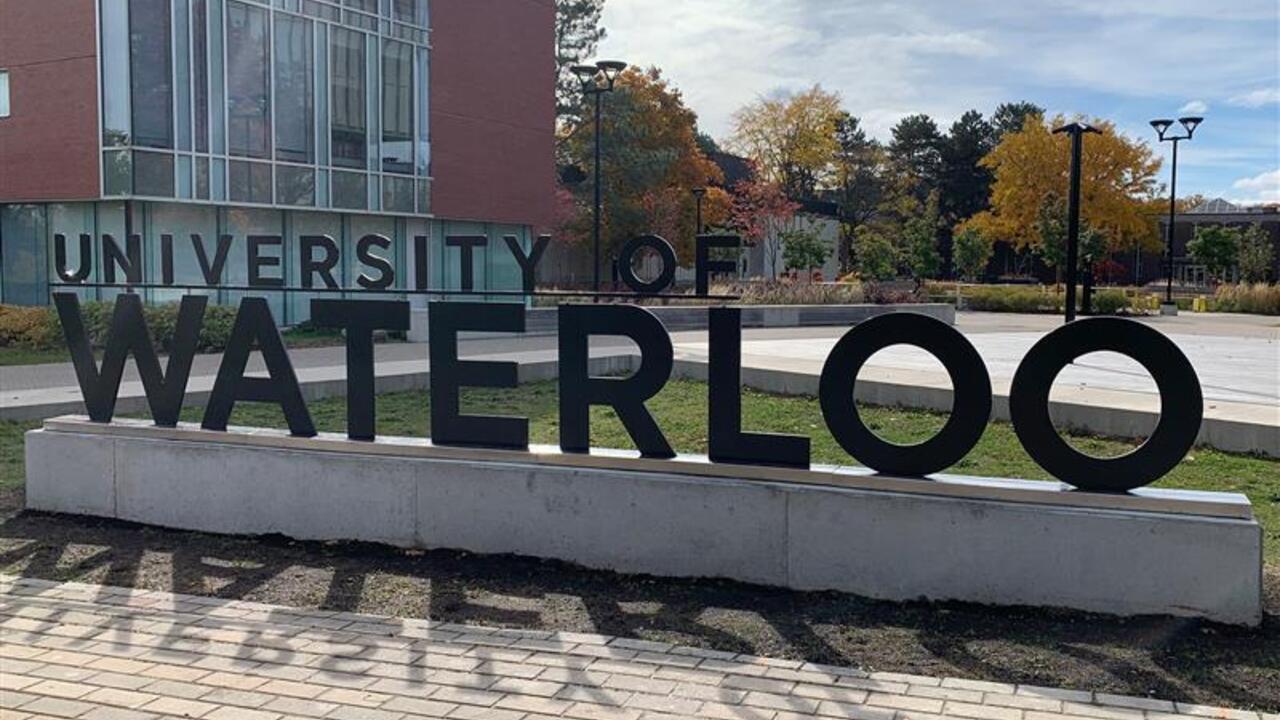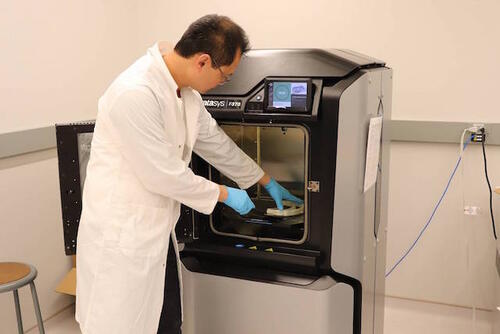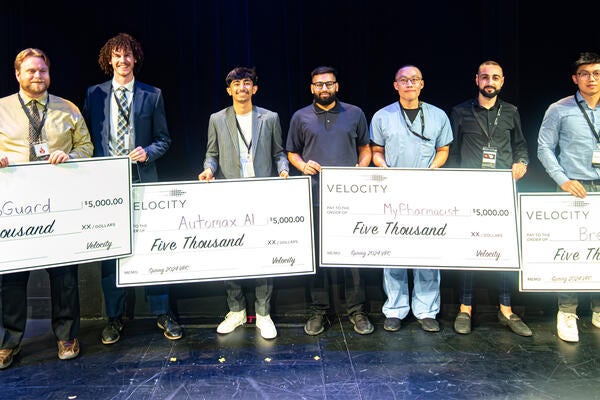
University of Waterloo uses 3D printing to help protect front-line medical workers
Two University of Waterloo facilities have shifted their production focus to 3D-printed parts for face shields used by health-care workers battling COVID-19.

Two University of Waterloo facilities have shifted their production focus to 3D-printed parts for face shields used by health-care workers battling COVID-19.
By Media Relations3D printers in the Multi-Scale Additive Manufacturing (MSAM) Laboratory and in the Print and Retail Solutions Department at the University are being used to build certified pieces of the protective equipment from a special material currently in short supply throughout the local medical community.
The University’s efforts build on the significant work of local entrepreneurs like InkSmith CEO Jeremy Hedges, whose company was recently certified by Health Canada to mass-produce protective shields for healthcare workers.
Last week, Health Canada reached out to companies and institutions across the country to determine the number of 3D printers capable of creating required medical equipment, including parts required for the shields, worn over top of surgical masks for additional protection.
“Our lab quickly volunteered to help and we’re now part of a community group of companies and institutions that have banded together to provide free medical support and supplies,” said Ehsan Toyserkani, a mechanical and mechatronics engineering professor and research director of the MSAM lab.
“Our printers have been working 24/7 to help produce these necessary pieces of equipment,” said Ryan Jacobs, Director of Print and Retail Solutions. “We’re proud to be playing our part in supporting frontline health care workers.”

Jerry Ratthapakdee, a MSAM lab technician, takes a completed headband out of a 3D printer in the University of Waterloo’s Multi-Scale Additive Manufacturing (MSAM) Laboratory.
With materials supplied by Cimetrix Solutions Inc. located in Oshawa, Waterloo’s printers are currently producing 50 to 60 engineered polymeric headbands and bottom reinforcements a day.
The parts are shipped to InkSmith, which has provided the digital data for the printers to read. The company assembles the laser-cut shield films and printed parts and then distributes them to local hospitals and medical centres.
Toyserkani said the MSAM lab will also be producing N95 respirator masks if the designs developed by international 3D printing companies such as Copper3D are approved by Health Canada. An N95 mask filters out 95 per cent of particles, including bacteria and viruses.
“We’re looking into the possibility of customizing the design and molding the mask to the face,” said Toyserkani. “One of the main benefits of our lab is that we can fully appreciate 3D technologies and how they can be deployed to develop, design and produce medical components.”
A team comprised of MSAM lab members is also part of a global innovation challenge launched last week by the Montreal General Hospital Foundation in collaboration with the Research Institute of the McGill University Health Centre to design a simple, low-cost ventilator that can meet the needs of COVID-19 patients.
Mihaela Vlasea, a mechanical and mechatronics engineering professor and associate director of MSAM, said that after entering the challenge a few days ago, team members are well on their way to developing a viable solution.

Read more
Velocity Pitch Competition winners share exciting startup ideas using artificial intelligence and deep tech, showcasing creativity and entrepreneurial prowess

Read more
Meet the 13 exceptional students representing Waterloo’s newest grads

Read more
Graduating students share stories of how Waterloo’s co-op program will shape their future careers
The University of Waterloo acknowledges that much of our work takes place on the traditional territory of the Neutral, Anishinaabeg, and Haudenosaunee peoples. Our main campus is situated on the Haldimand Tract, the land granted to the Six Nations that includes six miles on each side of the Grand River. Our active work toward reconciliation takes place across our campuses through research, learning, teaching, and community building, and is co-ordinated within the Office of Indigenous Relations.